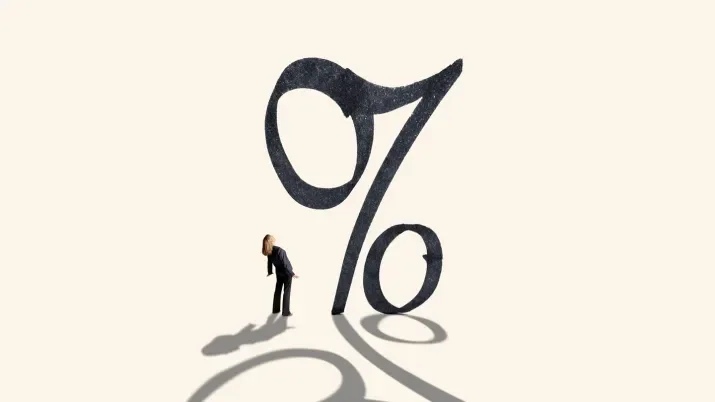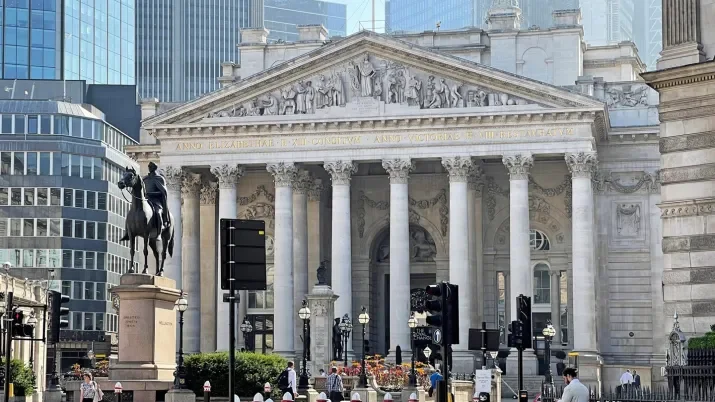Is there value in floating rate bonds?
TwentyFour
Last week both the Fed and the Bank of England hiked rates by 0.25%, and judging by the Fed's dot plots and comments from the BoE, more hikes will likely follow in the coming months. Last week’s increase was the first hike for the Fed since 2018, while the BoE started hiking from Dec 2021. The ECB isn't quite there yet, but the market is receiving more hawkish comments from its president Christine Lagarde, as well as from the Dutch and German central bank presidents who stated that they see a need for hikes before the end of 2022. So for the remainder of 2022, the rates markets are pricing in five and seven 25bp hikes in the UK and the US, respectively, with the ECB expected to hike four times (steps of 0.1%). Meanwhile, Fed chair Jerome Powell declared inflation is too high, the US economy can deal with more hikes and the Fed is ready to do larger hikes if needed.
As economies emerged from COVID we can all remember central banks talking about inflation being ‘transitory’, but even before Russia’s invasion of Ukraine we saw persistent and high inflation (US and UK CPI showed inflation at around 8% in January) putting pressure on central banks to hike rates and reduce stimulus. As investors in floating rate securities we waited in anticipation for some higher income, but this didn't happen until December 2021 when the BoE hiked rates by 15bp. Since the Russian invasion two things have become apparent. First, inflation (led by higher energy prices) will likely be higher for longer. Second, the risk of a recession has increased significantly. In combination, this backdrop places central banks in a difficult position. However, we ultimately expect central bankers will not ignore their core mandate of price stability – they will bite the bullet and leave responsibility for economically supporting consumers to governments via fiscal policy.
Today, 10-year Treasuries, Gilts and Bunds trade at 2.3%, 1.7% and just 0.5%, respectively. Nevertheless, rates have moved a long way in a short time and we have seen a lot of volatility in these ‘risk-free’ assets. We can also see rates curves are remarkably flat. On the UK curve for example the three-year risk-free rate is 1.4%, while the 30-year rate only yields 50bp more at 1.9%. You will have heard us say many times in recent months that short dated assets look attractive, and the insufficient yields offered by longer duration assets is precisely why. Duration was an investor's friend while QE dominated the markets, but in an era of QT it can destroy a lot of value and as a fund manager, the rewards on offer for taking that risk are inadequate in our view.
Therefore, we still view short duration assets favourably; they protect you from rising interest rates and should also insulate against a lot of credit spread volatility stemming from a potential recession. While hedging a fund's duration exposure is one possibility, the high volatility in rates means a perfect hedge is expensive. Therefore, in our view the best way to insulate yourself against rising rates is to take zero rate exposure and invest in floating rate securities. One of the comments we often hear is that rate hikes are priced in. While that may be true for short fixed rate bonds, it does not apply to floating rate assets. As floating rate assets don’t have duration, their prices don’t tend to move up or down when rates move; with higher rates come higher coupons. Bonds typically pay Sonia, SOFR or Euribor plus a margin, and these base rates link to central bank rates. This is especially true for Sonia and SOFR (UK and US) given they are daily compounded rates (Euribor bonds are typically quarterly rates), so coupons change as the Fed or BoE decides to hike rates; until that time, nothing changes. As a result, the upside for floating rate bonds should be yet to come.
The European floating rate bond market isn't huge, as fixed rate financing (ideally with very long maturities) has been the preferred choice for many CFOs in investment grade or high yield corporates. The subset of that universe that we find attractive is smaller still, and we view the European ABS and leveraged loan markets as the most compelling components. While we like leveraged loans, they are not very liquid, and with yields at around 4.25% in euros for single-B risk they look expensive, especially if you consider that a recession will likely result in more defaults. ABS is really the only large scale floating rate bond market in Europe, and unlike many other markets, around 75-80% of all bonds are rated AAA. Moreover, the market also offers plenty of opportunities for bond investors looking for higher income investment grade or high yield bonds.
Asset classes that we like in particular are things like short dated UK Prime AAA RMBS at Sonia plus 0.3% to 0.5%, AAA Buy-to-Let RMBS at Sonia/Euribor plus 0.8% to 1.2%, BBB RMBS at Sonia/Euribor plus 2.5% to 3%, and BBB and BB rated CLOs at Euribor +4.25% and +7.5% respectively. By contrast, we remain cautious on specialist (sub-prime) unsecured consumer and auto loans, as those borrowers tend to be most sensitive to increases in living costs and unemployment. With Sonia at 0.7% in the UK and AAA BTL coupons are close to 1.75%, by the end of the year yields here could reach 3%.
By providing rate upside without the associated volatility and material credit protection through the cycle, we believe European ABS is now more relevant than it's been for a very long time. Moreover, as growth slows in the coming quarters, we believe the asset class is poised to increase in prominence.



